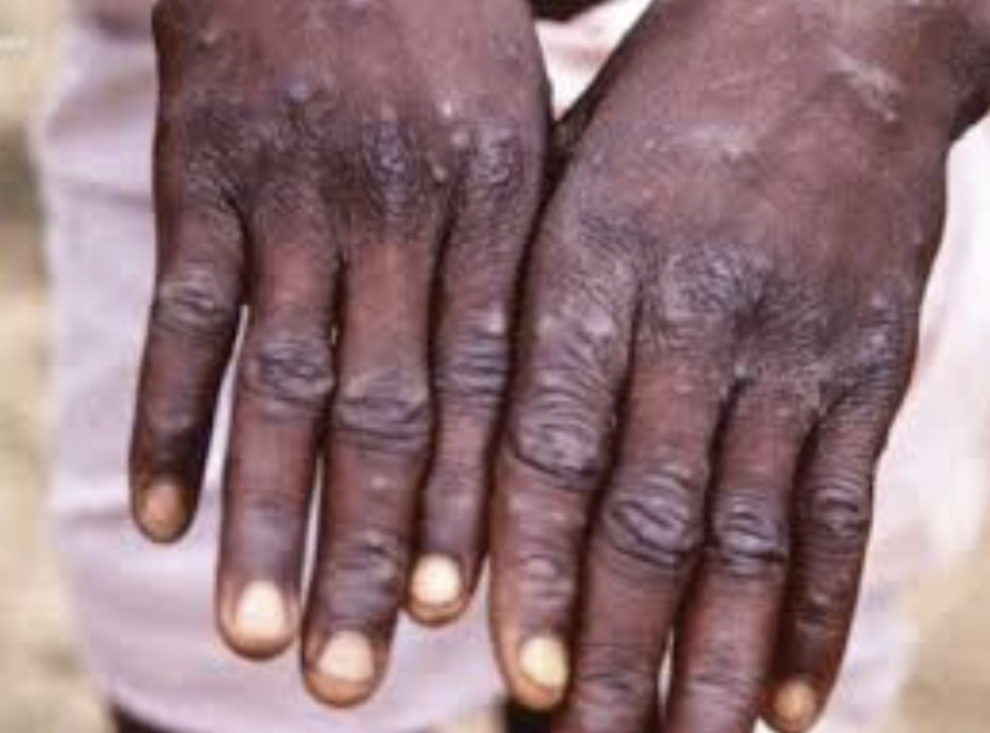As people continue to combat the spread of coronavirus, a new infection has taken the world by surprise: Monkeypox. The infection is caused by a virus in the same family as smallpox, originally discovered in 1958 when outbreaks of a pox-like disease emerged in colonies of monkeys kept for research. Human cases were first reported in 1970, in the Democratic Republic of Congo, during the smallpox eradication campaign. It wasn’t until 2003 that Monkeypox made its way to the US and was discovered to be linked to African rodents, leaving dozens infected. The virus is much more common in West and Central Africa, however current cases have reached as many as 265 across Europe. In recent weeks, the U.S. has also seen a rise in cases with at least nine definitive ones already.
Monkeypox is known to spread through international travel and imported animals. However, recent cases have also seen a connection to intimate contact between males. However, officials urge Americans against stigmatizing gay men as the carriers, as the disease is not only transmitted in this way; in fact, it can spread through any skin-to-skin contact or even through contaminated bed sheets and linens. Coronavirus, in contrast, is known to be an airborne virus which is therefore much more difficult to contain. Healthcare professionals are working with contact-tracing methods in attempts to maintain the spread of Monkeypox. Overall, Monkeypox is of low risk to the public as it is difficult to transmit and can be treated with vaccines and antivirals.
The severity of Monkeypox cases is largely dependent on the initial health of the individual, the method of exposure, and the strain of the virus. Upon infection, the incubation period can last from seven to fourteen days. The prodromal period, or time of initial contraction, includes symptoms ranging from discomfort to fever or flu-like symptoms. Monkeypox differs from smallpox in the development of lymphadenopathy, or swollen lymph nodes. The disease then progresses in four stages: the macular, papular, vesicular, and pustular stages. The macular stage is defined by a rash that spreads across the body within the first twenty four hours of contraction. The papular stage, occurring around the third day of the rash, consists of raised lesions which then become filled with clear fluid in the vesicular stage, and eventually pus in the pustules stage. These lesions become sharply raised and rounded in the final stage. The lesions will eventually dissipate with time and proper treatment of the disease. However, it is important to note that as the lesions scab over, the patient is still contagious and should remain in a contained place until they have been cleared by their doctor.
Health officials strongly encourage those who have been exposed or who have observed any of these symptoms to speak to their doctors immediately and alert anyone with whom they have been in close contact. The spread of coronavirus has enabled health professionals to be much better equipped to handle health problems such as this new virus, and has encouraged most countries to increase their surveillance on the disease.







